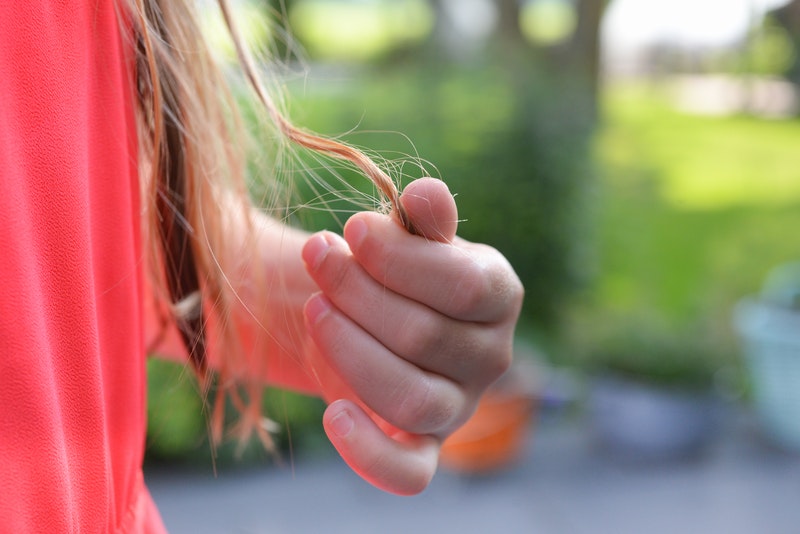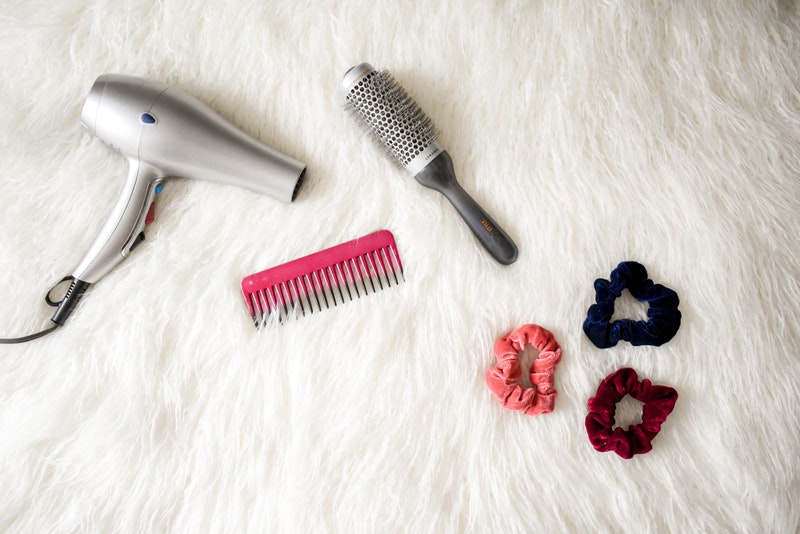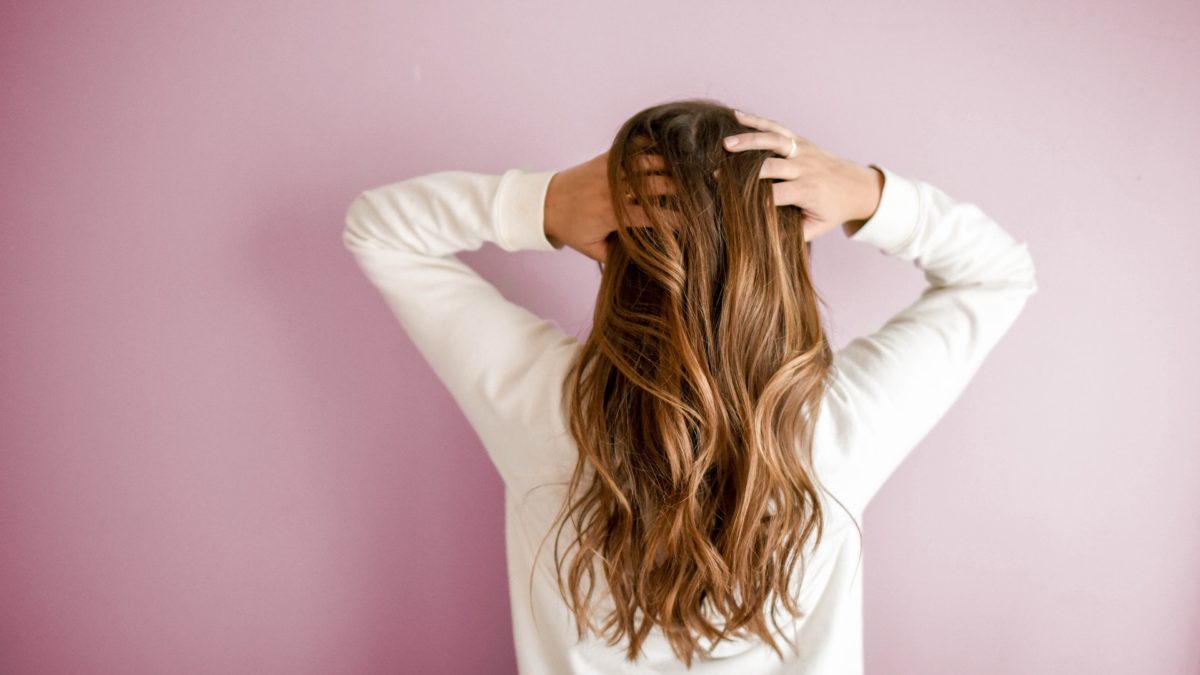Suffering from thinning hair or believe you may be going bald? Here’s how to deal with postpartum hair loss.
While losing baby weight can be dreadfully difficult for most of us, losing hair after delivering your baby is probably almost guaranteed.
“My curly hair used to be so heavy with good volume, and now the loss is so significant that it looks like I have only one third of hair left,” bemoans a new mum in our group. “I have lost so much volume.”
And she’s not alone. Others have had similar experience:
- “I miss how my hair used to look. It was thick, full and shiny, but now I’ve got half of it and it’s dull and thin.”
- “I’m afraid there won’t be any hair left on my scalp by the end of this year. Also, I’ve noticed my hair damage has worsened.”
- “I’ve noticed hair falling after pregnancy . . . looks like I will be bald soon.”
When does postpartum hair loss start?
Many women will notice that they’re shedding hair at a noticeable rate any time between the first to six months after giving birth.
The first sign is usually when more hair appear to be falling out than usual. Shampooing and brushing becomes a nightmare as hair may sometimes fall out in clumps. And forget hair growth, as it would feel like what little new growth there may be isn’t keeping up with the rate of hair loss.
The good news is it’s completely normal and happens to almost every one. It’s so common there’s even a name for it: Postpartum alopecia. The even better news, as you’ll read below, is that you’ll return to thicker, longer hair very soon.
Yes, post pregnancy hair loss is different to balding in that in most instances, your hair will return to its normal pre-pregnancy state. And you can tell what you’re suffering from based on how you’re losing your hair.
Postpartum hair loss, according to David Salinger of the Australian Trichology Centre, is “general excessive hair loss all over the scalp. Female pattern thinning is where the hair thins gradually from the top or front area of the scalp”.
Why is my postpartum hair loss so bad?

At its roots (see what we did there?), postpartum hair loss is caused by the change in hormone levels in our body.
“Normally, we lose less hair during pregnancy because of the high levels of oestrogen,” says David. What this means is that we actually have extra hairs on our head when we’re pregnant. It’s why we have luscious, thicker hair at this time: All the pregnancy hormones are keeping our hair from falling out.
Then of course, in the following months postpartum, our hormone levels drop back to normal. With that, comes what feels like excessive hair loss as all our extra hairs—and then some—fall out.
When does postpartum hair loss stop
“The hair loss normally starts about three months after giving birth and should be back to normal after another three months,” says David. “It will then thicken again.”
This is because normal hair growth cycle for women’s hair includes a growth phase (anagen) and a resting phase (telogen). Anagen happens across three years whole telogen lasts for about three months.
Bear in mind that this doesn’t happen on the same time line for the roughly 100,000 hairs and hair follicles on your head. So while some hair will be going through anagen, others will be at telogen. Hair undergoing telogen will be pushed out by new anagen hair.
“If the hair loss continues much beyond three months, then the cause needs to be pinpointed,” warns David. “Occasionally, the hormonal changes after giving birth can trigger female pattern thinning (the top or front area thins). If this happens, appropriate therapy can be given to thicken the hair.”
Tips for dealing with postpartum hair loss

According to David, your hair will grow back to normal even without doing anything. “There is not a lot you can to help because the hair loss will correct itself anyway,” he says. “Just realising this will help you to cope.”
However, there are some things you can do to give your hair the best chance it’s got when it’s at the growing phase. This includes:
- Use gentle hair ties. Srunchies or elastics with soft cloth coverings are your best bet.
- Tie your hair loosely. We know it’s difficult to leave your hair down when caring for a newborn, but if you’re tying your hair up, don’t pull it into a tight ponytail.
- Go natural. Blow-drying and styling your hair with curlers or flat irons is damaging on hair at the best of times. Go easy on your hair and go natural, at least till your hair is back to normal.
- If hair loss is excessive or prolonged, speak to your GP, dermatologist or a trichologist.
Does hair grow back after postpartum hair loss?
As mentioned earlier, normal hair cycle is such that your hair is growing back while you’re suffering from postpartum hair loss. It just may not feel that way.
“Hair starts to grow back at much the same time as it is being lost,” says David. “So, as hair is being lost, new hair is being generated to replace the lost hairs.”
By the time your baby turns one, your hair should be back to it’s lustrous, healthy state it used to be before you were pregnant.
How helpful was this article?
Click on a star to rate it!
0 / 5. 0
Be the first to rate this post!
Melody Tan
Related posts
Subscribe
Receive personalised articles from experts and wellness inspiration weekly!


